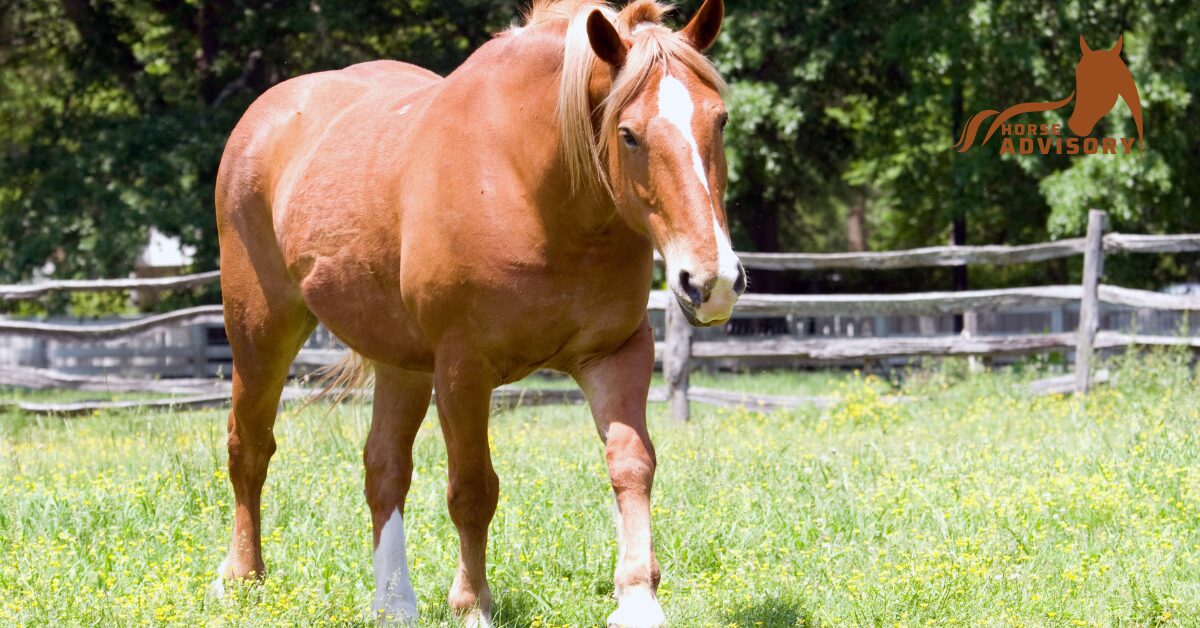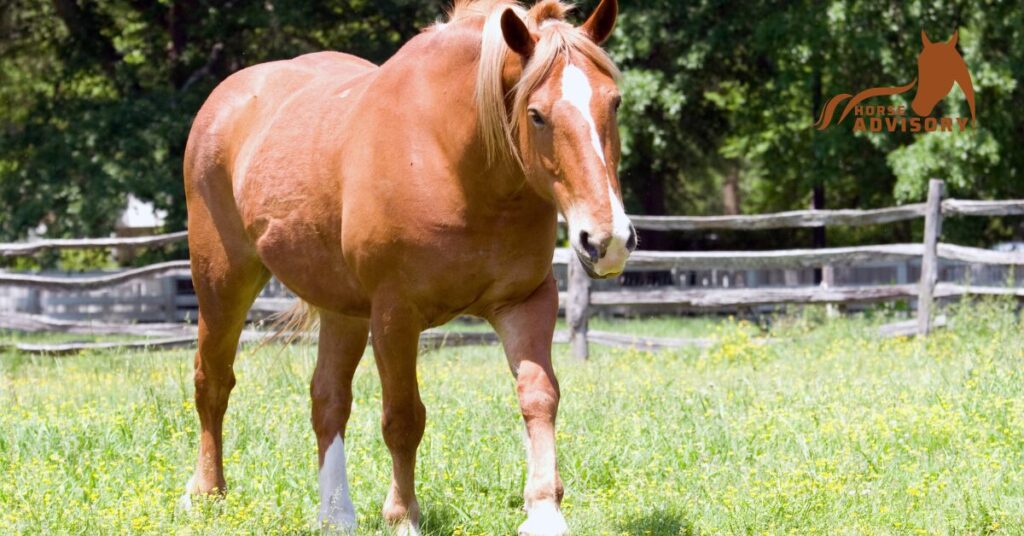Horses have played a significant role throughout human history, serving as transportation, war machines, work animals, and companions. Some of these horses have become legends in their own right, capturing the hearts and imaginations of people worldwide. In this blog post, we will take a closer look at some of the most famous horses in history and their respective breeds.
The Importance of Horses in History
Throughout the annals of human history, horses have been indispensable companions and contributors to society’s development. From the ancient civilizations that tamed these magnificent creatures to the modern world, horses’ roles have been diverse and critical.
Horses have been instrumental in shaping human history, serving critical roles in transportation, agriculture, and warfare. Their strength enabled effective farming and transportation over vast distances, while their speed and agility were utilized in battle. Different breeds were chosen for specific tasks, with robust breeds used in farming and faster, agile ones in warfare and racing. Thus, horses have profoundly influenced humanity’s course.
Here, are some famous horses in history and their breeds:
1. Secretariat – The Thoroughbred Racehorse
Secretariat, a Thoroughbred racehorse, is one of the most renowned figures in horse racing history. Born in 1970, this chestnut stallion made headlines around the globe for his incredible speed and endurance.
His performance in the 1973 Triple Crown races, where he broke multiple records, etched his name in the annals of equestrian sports. Secretariat’s victories were not just wins; they were dominant performances that showcased a level of athleticism seldom seen in horse racing.

The Thoroughbred breed, to which Secretariat belonged, is known for its agility, speed, and spirit. These horses are bred for racing, with a lineage that traces back to three foundational sires from the 17th and 18th centuries. Thoroughbreds are athletic and competitive, making them an excellent choice for various equestrian sports, but they particularly excel in racing. Secretariat, with his record-breaking speed and endurance, was a prime example of the Thoroughbred breed’s capabilities.
What made Secretariat famous, however, was not just his breed or his victories, but how he won. He didn’t just win the Triple Crown; he smashed previous records, winning the Belmont Stakes by an astounding 31 lengths and setting a track record that still stands today.
His performances were so impressive that he was named Horse of the Year twice and inducted into the National Museum of Racing’s Hall of Fame. Secretariat’s story is not just about a racehorse; it’s about an extraordinary Thoroughbred who transcended the sport and captured the world’s imagination.
2. Comanche – The American Mustang Survivor
Comanche, an American Mustang, is a symbol of survival and resilience in the annals of American history. His story is tightly intertwined with one of the most infamous battles in the West – the Battle of Little Bighorn.
In this battle, where the U.S. Army’s 7th Cavalry was decimated by Native American warriors, Comanche was the only U.S. Army horse found alive on the battlefield. This testament to survival against the odds earned him a special place in history and folklore.
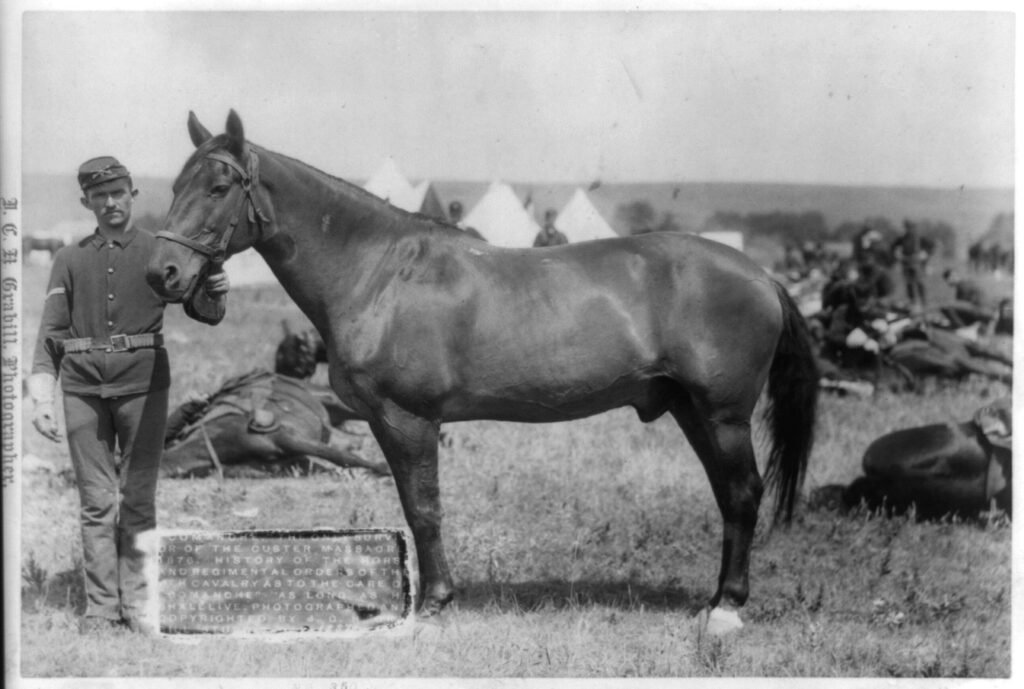
Mustangs, like Comanche, are renowned for their hardiness, adaptability, and endurance. Originating from Spanish horses brought to the Americas by explorers and conquerors, Mustangs have adapted over centuries to survive in various North American environments, from arid deserts to rugged mountains. They are known for their ability to thrive in conditions that other breeds might find challenging, making them a symbol of the untamed spirit of the West.
Comanche’s fame stems from his remarkable survival story. After the Battle of Little Bighorn, he was discovered injured but alive, a stark contrast to the devastating losses suffered by the 7th Cavalry. His survival was seen as a beacon of hope amidst the tragedy, and he was subsequently nursed back to health.
Comanche was officially retired from active service and honored as a war hero. His taxidermied body is preserved at the University of Kansas Natural History Museum, serving as a tangible reminder of the resilience inherent in his breed and the brutal history of the American West. His story, much like the Mustang breed itself, symbolizes both the harsh realities and the indomitable spirit of survival.
3. Copenhagen – The War Horse of Arthur Wellesley
Copenhagen, a Thoroughbred warhorse, is renowned for carrying Arthur Wellesley, the Duke of Wellington, during the Battle of Waterloo in 1815. This pivotal battle marked the end of Napoleon Bonaparte’s reign and significantly reshaped Europe’s political landscape. Copenhagen’s remarkable endurance and strength, typical traits of Thoroughbreds, were crucial to this decisive victory.
Thoroughbreds are known for their agility, speed, and stamina, making them suitable for horse racing and other equestrian activities, including military campaigns.
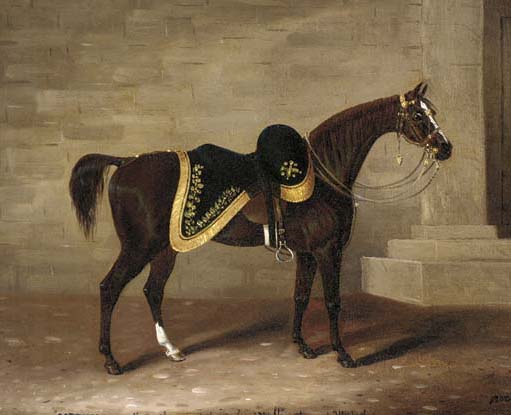
Copenhagen’s fame lies in his extraordinary service during the Waterloo battle where he carried the Duke for about 17 hours under intense conditions. His performance earned him significant admiration, and after the war, he peacefully retired to the Duke’s estate where his grave still stands as a tribute.
4. Black Beauty – The Fictional Dark Bay Horse
Black Beauty, although a fictional character, has left an indelible mark on the world of literature and beyond. This dark bay horse is the protagonist in Anna Sewell’s novel, “Black Beauty.” Sewell’s depiction of the horse’s life, filled with both hardship and kindness, has been instrumental in raising awareness about the welfare of horses and sparked conversations about animal rights.
The breed of Black Beauty, while not explicitly mentioned in the novel, is often depicted as a Thoroughbred or a cross between a Thoroughbred and a carriage horse, given his speed and strength. Thoroughbreds are known for their agility, speed, and stamina, making them suitable for various equestrian activities.
Dark bay horses, like Black Beauty, are known for their rich, deep color, often associated with strength and beauty. This coloration added to the visual appeal of the character and made him a symbol of resilience and elegance amidst adversity.
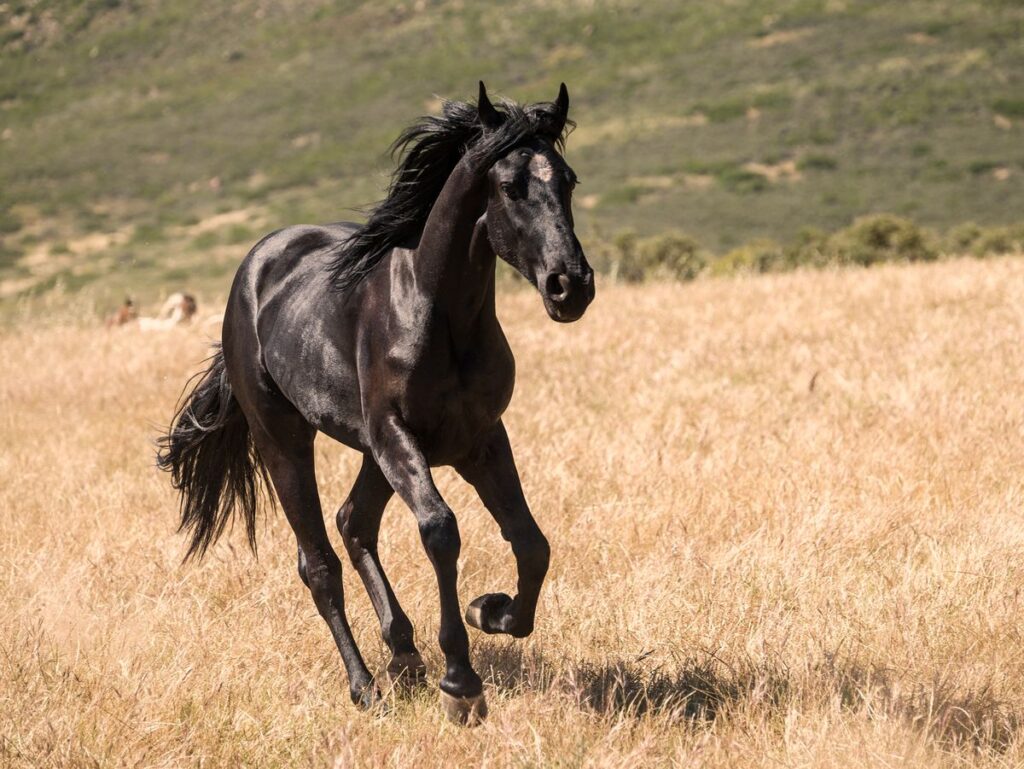
Black Beauty’s fame stems primarily from the poignant narrative of his life, as told by Sewell. The novel, written from the horse’s perspective, presents a vivid account of the mistreatment many horses faced during the Victorian era. It was a groundbreaking work that led to significant improvements in horse welfare. The story resonated with readers worldwide, making Black Beauty one of the most famous horses in literature.
Furthermore, Black Beauty’s story has been adapted into several films and television series, further cementing its influence and reach. Even today, the tale of Black Beauty serves as a powerful reminder of the importance of kindness and respect towards all creatures.
5. Trigger – The Palomino Horse of Hollywood
Trigger, Roy Rogers’ faithful companion, was more than just a beautiful horse. This Palomino was a Hollywood sensation known for his intelligence and trainability, which made him stand out among other film horses. Born in 1934, Trigger was originally named Golden Cloud but got his famous name from Rogers who claimed the horse was “quick on the trigger”.
As a Palomino, Trigger was part of a breed known for their distinctive golden coats and white or cream-colored manes and tails. Palominos are not a distinct breed, but rather a color breed, meaning Palominos can be found in many different horse breeds. They have been popular in Hollywood due to their striking appearance and versatility.
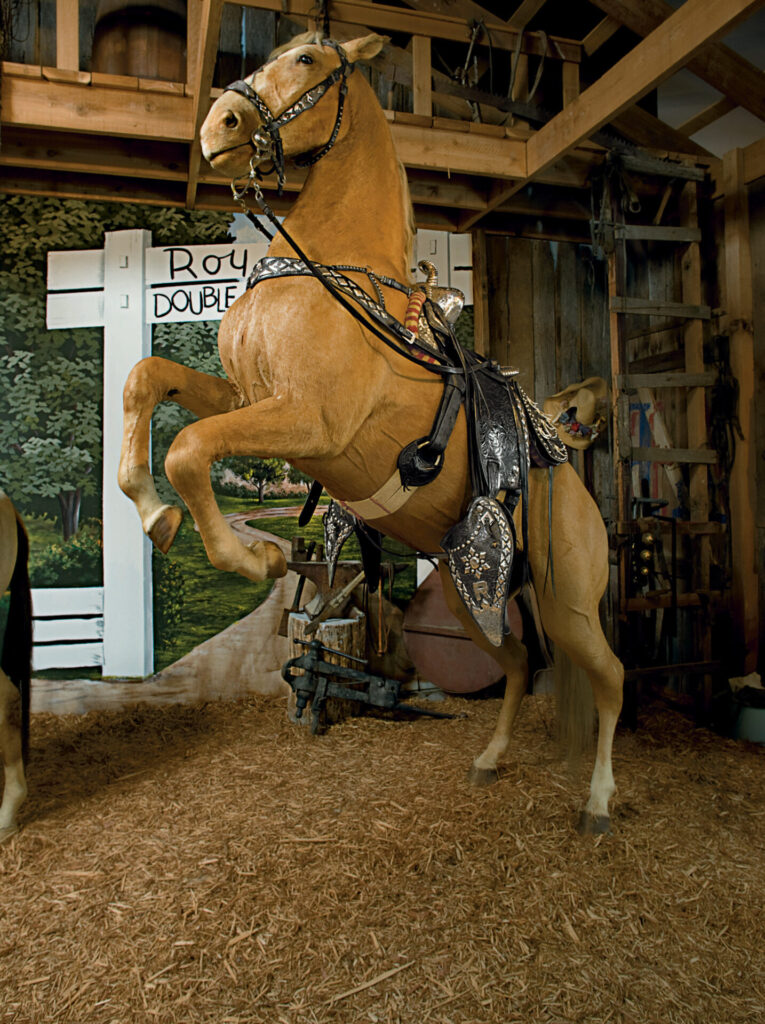
Trigger appeared in over 80 films and numerous television shows alongside Rogers, showcasing his remarkable tricks, including unassisted rearing and walking on his hind legs. Trigger’s popularity led to him becoming a symbol of Western cinema, earning him the title “The Smartest Horse in Movies.”
6. Seabiscuit – The Small Horse with a Big Heart
Seabiscuit, a Thoroughbred racehorse, was another equine celebrity, but his fame came from racing rather than cinema. Born in 1933, Seabiscuit was initially dismissed due to his small size and lazy demeanor. However, he would go on to become an emblem of hope during the Great Depression.
Thoroughbreds, like Seabiscuit, are a breed known for speed, agility, and spirit. These characteristics make them ideal for horse racing. Despite being smaller and stockier than the typical Thoroughbred, Seabiscuit demonstrated the heart and determination that the breed is known for.
Seabiscuit’s fame was cemented when he beat the Triple-Crown winner, War Admiral, in a head-to-head race in 1938. His story of overcoming the odds resonated with many people struggling during the Depression era, making him a symbol of resilience and determination. His life was later immortalized in the book and film “Seabiscuit: An American Legend.“

7. Arkle – The Irish Thoroughbred Steeplechaser
Arkle, a bay gelding born in 1957, was an Irish Thoroughbred that dominated the world of steeplechasing in the 1960s. His career was nothing short of extraordinary, earning him the title of “Horse of the Century” by many equestrian enthusiasts.
As a Thoroughbred, Arkle was part of a breed known for its speed, agility, and stamina – traits that make them particularly suited for racing and steeplechasing. Thoroughbreds are warmblooded horses that originated from England, and they are primarily bred for racing, but are also used for show jumping, combined training, dressage, polo, and fox hunting.
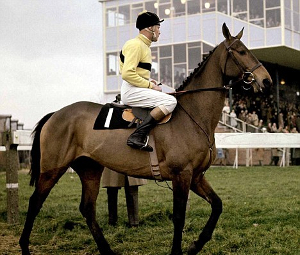
Arkle’s fame came from his exceptional performances on the racecourse. He won the Cheltenham Gold Cup three times consecutively (1964, 1965, 1966), a feat that underlined his dominance in steeplechasing. His success was so profound that he forced changes in the handicapping system in National Hunt racing as he was virtually unbeatable under normal conditions.
8. Man o’ War – The American Legend
Man o’ War, born in 1917, was an American Thoroughbred who is widely considered one of the greatest racehorses in the history of American horse racing. Like Arkle, Man o’ War was a Thoroughbred, showcasing the breed’s propensity for speed and racing prowess.
Man o’ War’s fame came from his incredible record on the racetrack. Over his career, he won 20 of the 21 races he entered, a testament to his speed, strength, and competitive spirit. His legendary status was solidified when he set multiple world records for speed, some of which stood for decades.
He was a large and imposing horse, standing at an impressive 16.2 hands high and displaying the muscular build characteristic of his breed. His performances were so extraordinary that they earned him the nickname “Big Red” and he became one of the first inductees into the National Museum of Racing’s Hall of Fame.

9. Phar Lap – The Australian Wonder Horse
Phar Lap, born in 1926, was a chestnut Thoroughbred gelding who became a national icon in Australia. His name means ‘lightning’ in the Thai language, which was fitting for his electrifying performances on the racetrack.
As a Thoroughbred, Phar Lap was part of a breed renowned for its speed and stamina, making them ideal for horse racing. Thoroughbreds trace their bloodlines back to three key Arabian stallions, and they are bred primarily for racing, though they also excel in show jumping, dressage, and eventing.

Phar Lap’s fame stemmed from his extraordinary racing record. Despite an unremarkable start to his career, he went on to win an impressive 37 of the 51 races he entered, including the Melbourne Cup in 1930. His success during the years of the Great Depression made him a symbol of hope and resilience for many Australians. His unexpected and premature death in 1932 sparked nationwide mourning and his heart, which was significantly larger than average, is preserved in the National Museum of Australia as a testament to his power and endurance.
10. Red Rum – The Grand National Hero
Red Rum, born in 1965, was a bay gelding who made history in the United Kingdom as a champion steeplechaser. Like Phar Lap, Red Rum was a Thoroughbred, showcasing the breed’s versatility and suitability for both flat racing and steeplechasing.
Red Rum’s claim to fame was his unmatched record in the Grand National, one of the most challenging and prestigious steeplechase events in the world. He won this grueling 4-mile race three times (1973, 1974, 1977), a feat that has yet to be matched. Even more remarkably, he achieved this despite suffering from a debilitating bone disease in his early career.
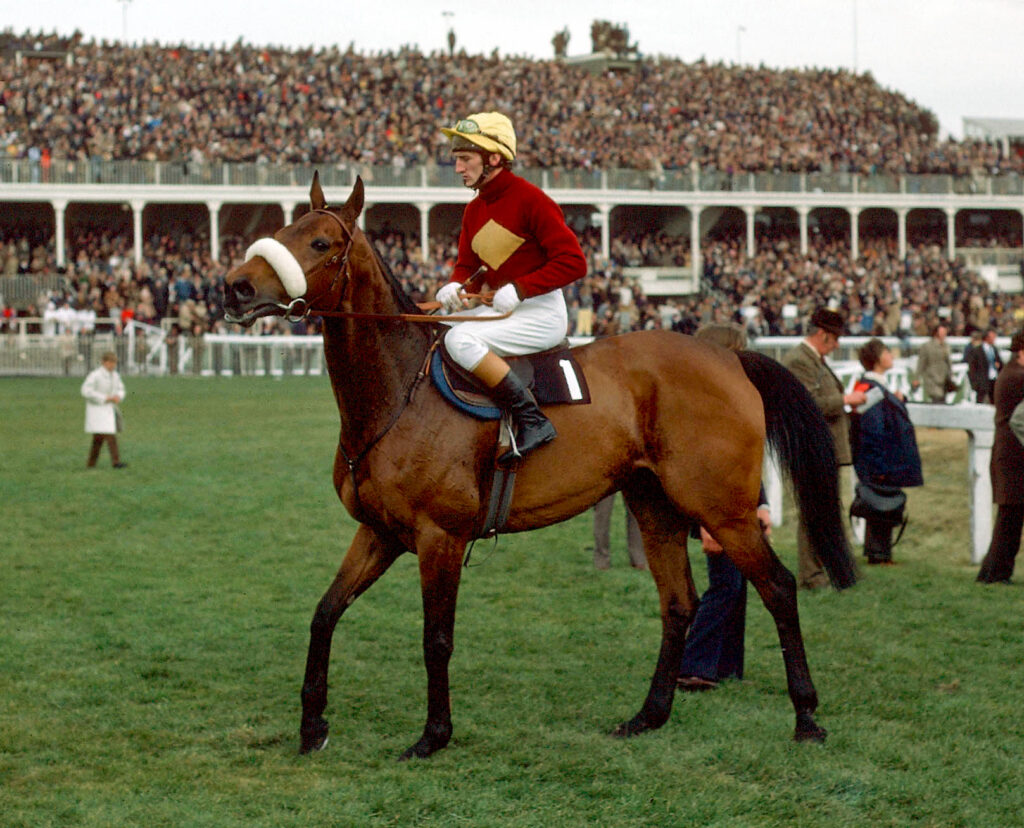
Red Rum’s victories in the Grand National, along with his remarkable recovery from his early health issues, captured the public’s imagination and made him a beloved figure in British horse racing. His legacy remains strong, with his burial site at the Aintree Racecourse finish line serving as a reminder of his incredible achievements.
In conclusion, these famous horses have left indelible marks on history and popular culture. Their stories continue to inspire, and their breeds’ unique characteristics played significant roles in their accomplishments. Whether it’s the speed of a Thoroughbred or the resilience of an American Mustang, each breed has its own strengths and qualities that make these horses truly legendary.
